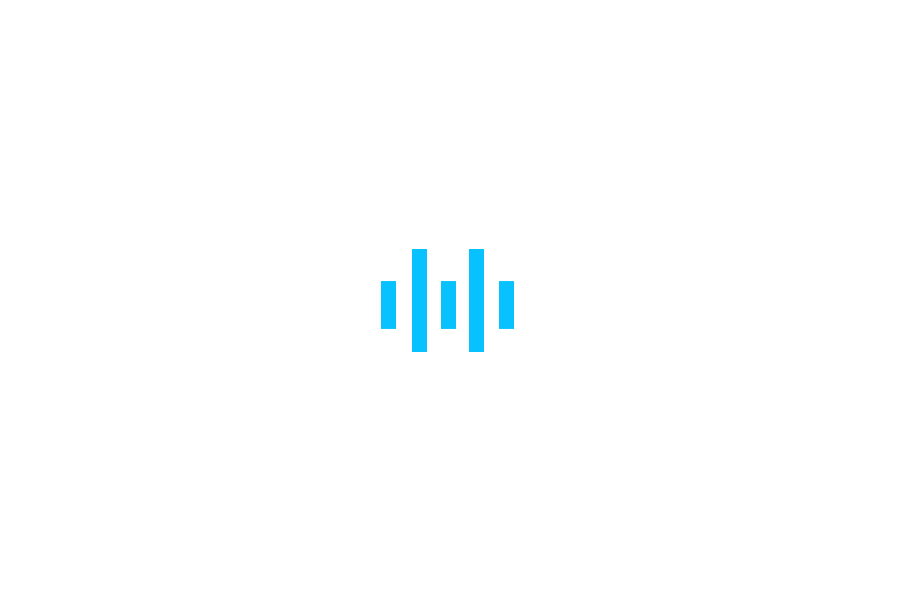When Will Mobile Become The Primary Banking Interface?
Core Services
Human insights are irreplaceable in business decision making. Businesses rely on Knowledge Ridge to access valuable insights from custom-vetted experts across diverse specialties and industries globally.

Expert Calls
Our flagship service, phone consultations, enables you to get access to first-hand, grass-root level information from our global expert network to form or validate your hypothesis.

B2B Expert Surveys
Have a customized questionnaire for a pre-sampled population to understand customer preferences imperative to your product portfolio.

Expert Term Engagements
Our expert, or a group of experts, guides you to validate a critical project or an assignment.

Executive/Board Placements
Concentrate your efforts on the core competencies of your business while we identify the next precise fit for your team.
Premium Insights
Stay ahead of the competition with our refined and customized Premium Insights. Unlock exclusive knowledge and expertise!



 500+
500+